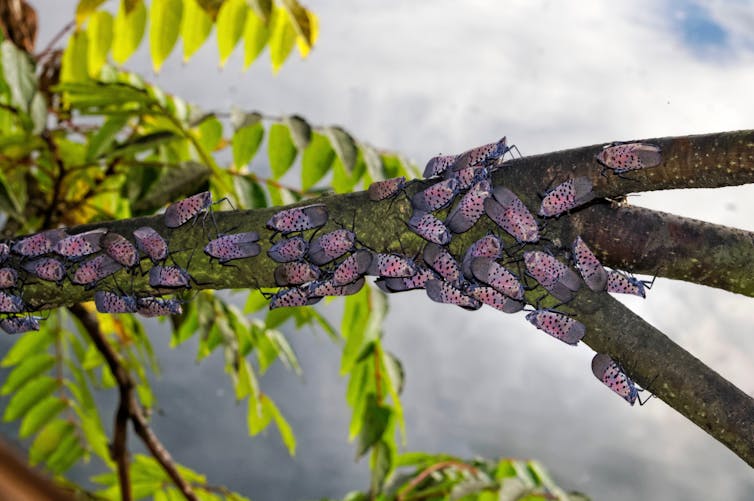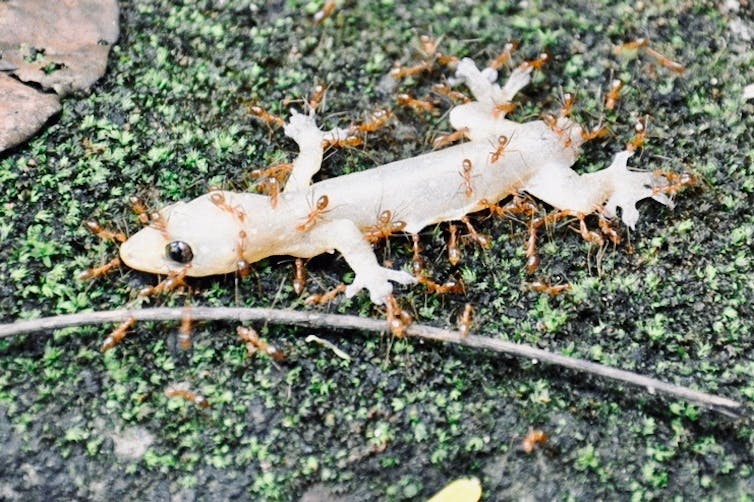No matter most people’s best intentions, poaching of species in Sub-Saharan Africa for horn and ivory continues unabated. Despite decades of policies, restrictions, interventions, protections, and incentives, many species of elephant and rhino are still hurtling toward extinction primarily because of poaching.
Clearly, we’re doing something heinously wrong.
Collectively, we have to take a long, hard look in the conservation mirror and ask ourselves some difficult questions. Why haven’t we been able to put any real dent in the illegal trade of poached elephant ivory and rhino horn? How many millions (billions?) of dollars have we spent seemingly to little avail? Why haven’t trade bans and intensive security measures done the trick?

The reasons are many, but they boil down to two main culprits:
- neo-colonialist sentiments driven by the best intentions of mainly overseas NGOs have inadvertently created the ideal conditions for the poaching economy — what we term poachernomics — to thrive by ensuring the continued restriction of legal supply of wildlife products; and
- shutting off conservation areas to local people and directing the bulk of ecotourism profits away from source communities have maintained steady poaching incentives in the absence of other non-destructive livelihoods.
In our new paper — Dismantling the poachernomics of the illegal wildlife trade (led by Enrico Di Minin of the Universities of Helsinki and KwaZulu-Natal, and co-authored by Michael ‘t Sas-Rolfes of the University of Oxford, Jeanetta Selier of the South African National Biodiversity Institute, Maxi Louis of the Namibian Association of Community-Based Natural Resources Management Support Organizations, and me) — published quietly in late 2021, we describe how poachernomics works, and why our efforts to incapacitate it have been so ineffectual.
First, what is poachernomics?
Read the rest of this entry »























